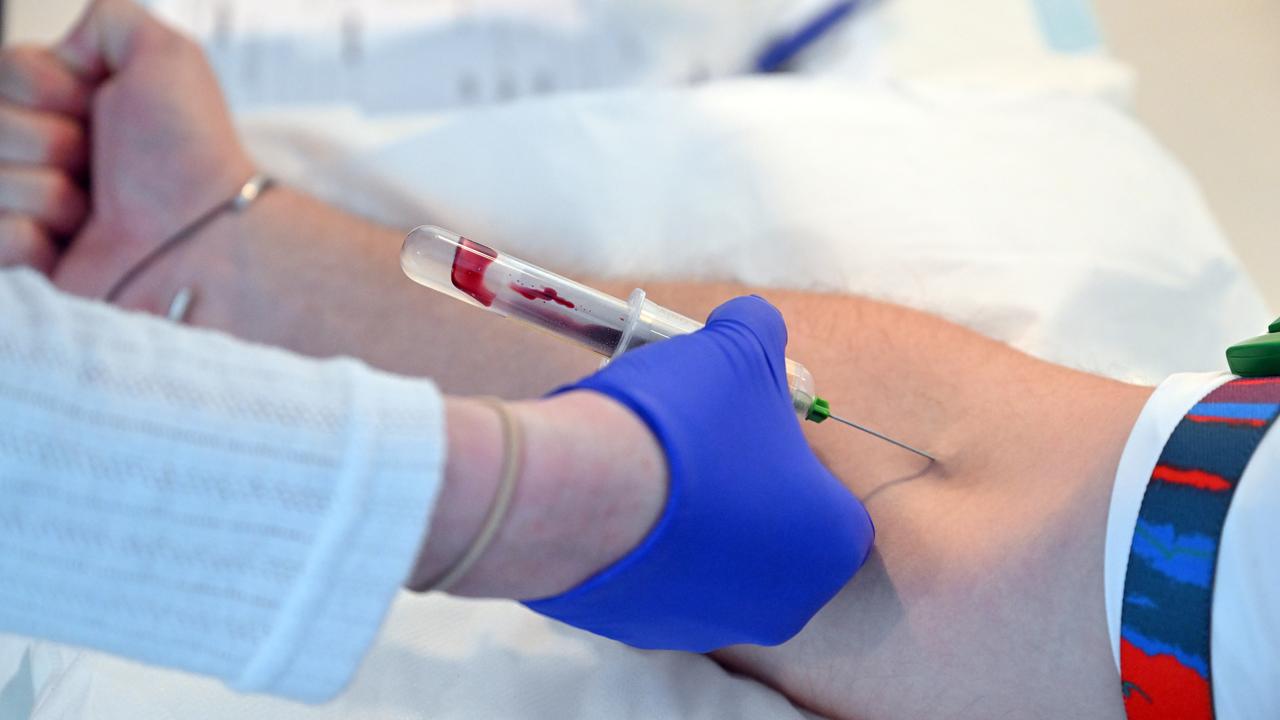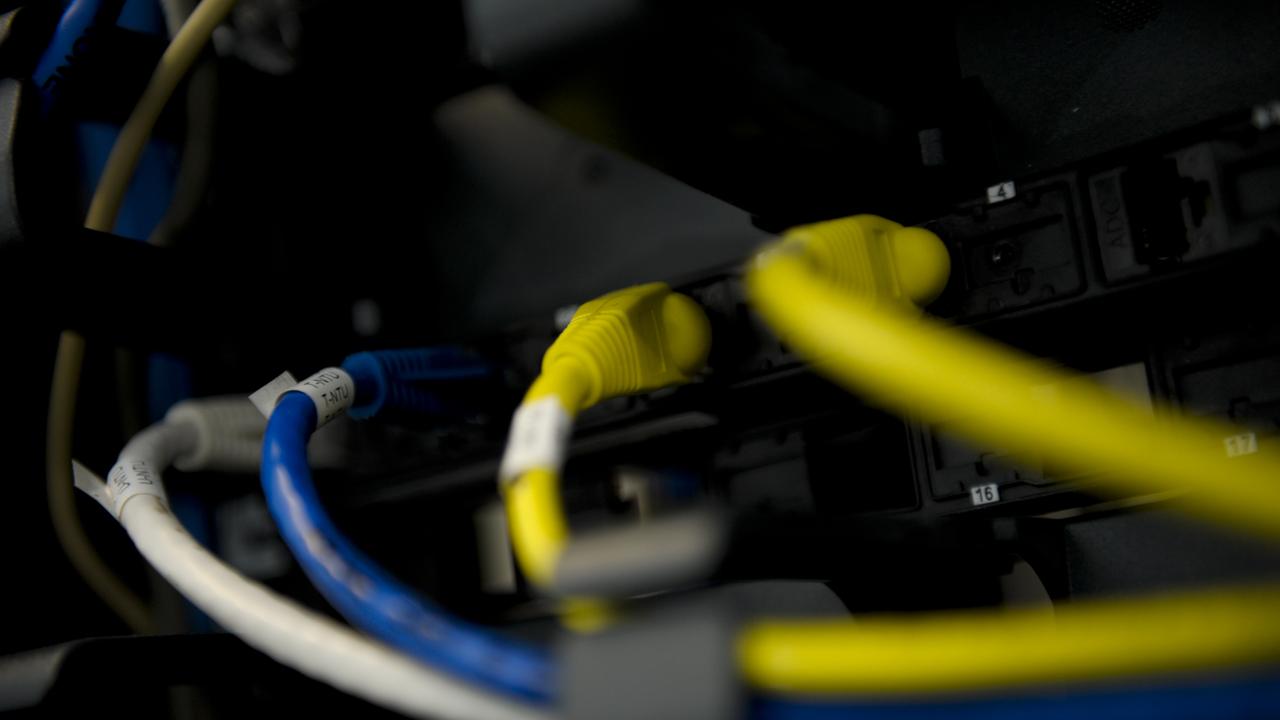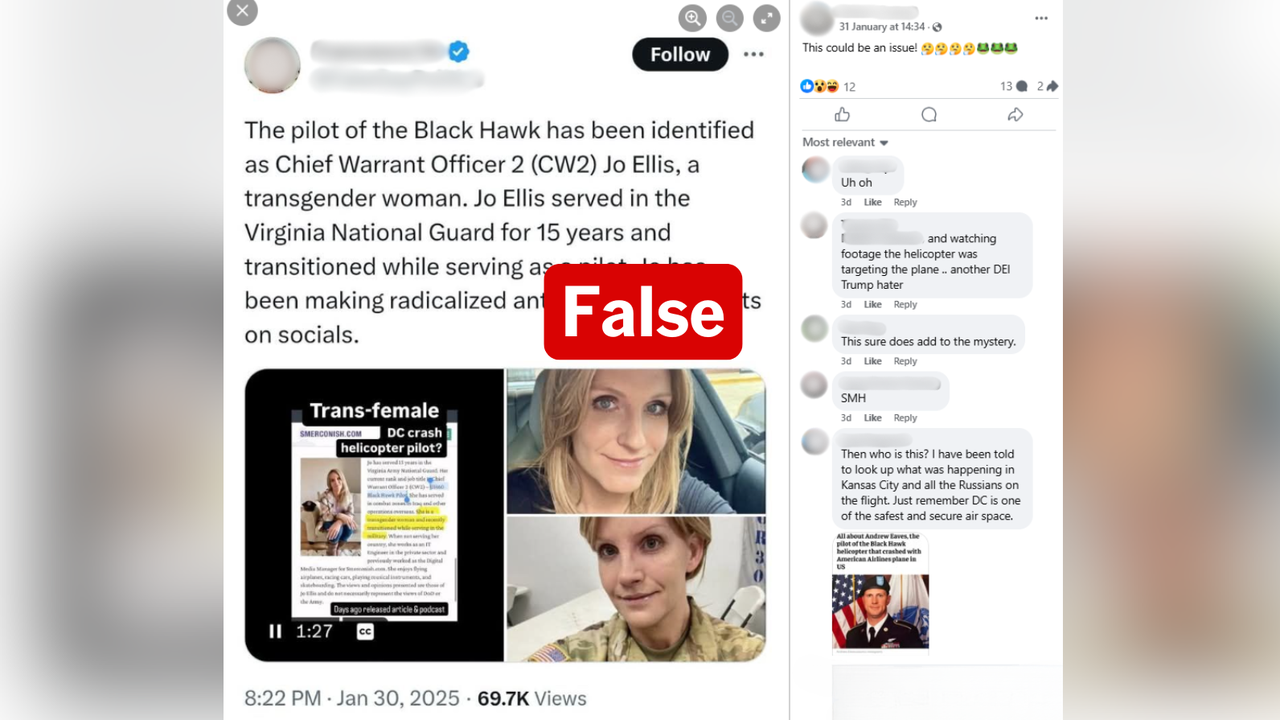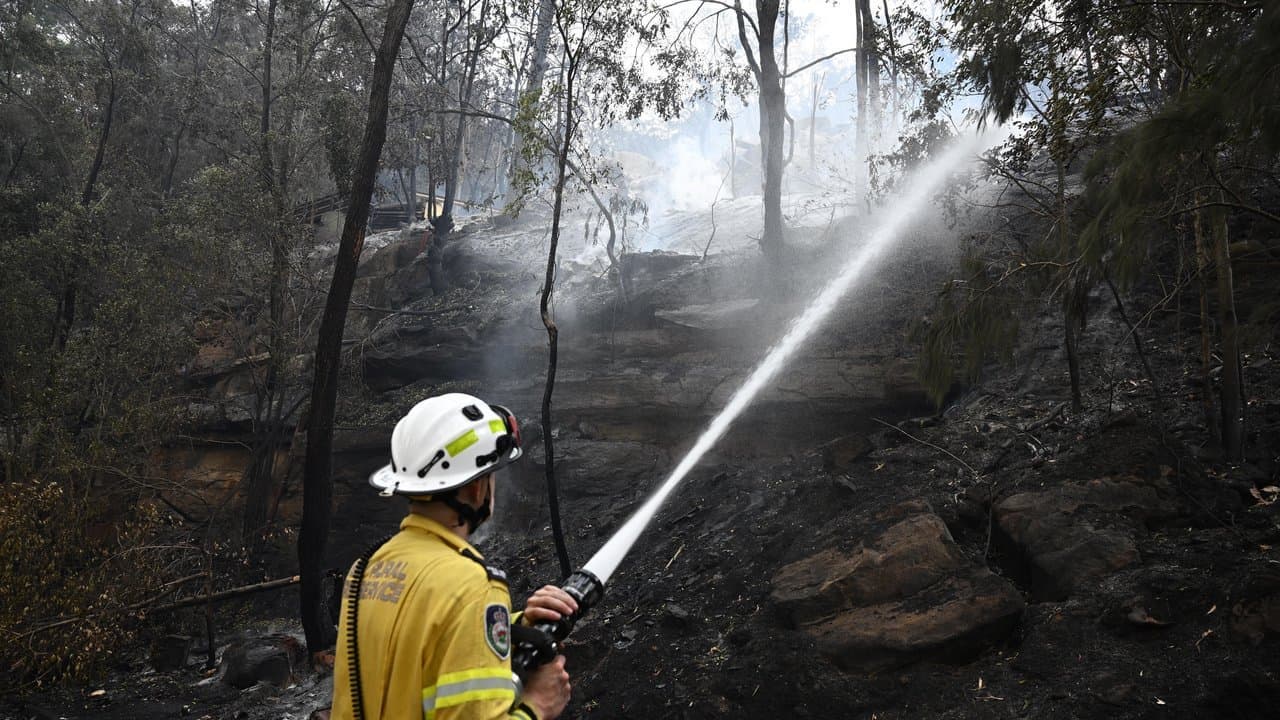WHAT WAS CLAIMED
US Navy research proves wi-fi causes blood clots.
OUR VERDICT
False. There is no evidence wi-fi causes blood clots.
AAP FACTCHECK – A superfoods salesman has posted a video online claiming US Navy research proves wi-fi causes blood clots.
This is false. Experts say the research doesn't prove the claim and there's no evidence that wi-fi causes clotting.
The declaration appears in an Instagram post by Matt Roeske who has been previously fact-checked for spreading misinformation about Hurricane Hilary and the 2023 Maui wildfires.
"So, someone asked the other day, 'why don't you use wi-fi?'. I mean, it's convenient, it's fast, it's safe and effective, that whole narrative," Mr Roeske says.
"But check this, this is your blood on wi-fi," he says, pointing to a set of microscopic images.

The two images, one with regular blood cells and the other with enlarged cells, supposedly show the difference in blood thickness when exposed to wi-fi electromagnetic frequencies.
"Notice, this is your blood, and then as soon as you're exposed to wireless frequency your blood begins to thicken and it begins to clot. The oxygen begins to reduce."
Mr Roeske says that using an ethernet adapter allows him to avoid relying on wi-fi.
"I don't need to ping these microwave frequencies … this was shown with the US Navy, 4500 studies on the dangers of wi-fi."

In the caption, he provides a link to a Telegram channel and to a 1971 "research report" titled "Bibliography of Reported Biological Phenomena ('Effects') and Clinical Manifestations Attributed to Microwave and Radio-Frequency Radiation".
The bibliography lists studies on the potential effects of microwave and radio-frequency radiation on the human body dating back to the 1870s.
However, the author stated they did not endorse the effects due to conflicting reports.
"In some cases the basis for reporting an 'effect' was a single or a non-statistical observation which may have been drawn from a poorly conceived (and poorly executed) experiment," the paper says (page 7).
Stefan Dongus, lead researcher at the Swiss Tropical and Public Health Institute, told AAP FactCheck the research paper did not support the claim in the Instagram reel.
"It does not state details about the strength of the exposure, and whether it was above or below current regulatory limits, as far as I can see," he said.

"I cannot see why this report should provide any evidence for health risks from actual wi-fi radiation below regulatory limits."
Dr Dongus noted that the report didn't show the power levels used – an essential measure for testing devices that emit radiation.
He said radiation emissions from wi-fi routers must adhere to regulatory limits to ensure they don't cause health risks and according to a review of 1997-2020 scientific papers, there was no evidence that wi-fi within regulatory limits had any detrimental health effects.
Rodney Croft, director of the Australian Centre for Electromagnetic Bioeffects Research, said the post is "simply not correct".
"What is said is also not supported by the reference that was cited, which does not relate to research at all but merely provides a list of publications," he told AAP FactCheck.
Professor Croft said there was no evidence of any harm, including blood clotting, if exposure to electromagnetic fields (EMF) was within international guidelines published by the International Commission on Non-Ionizing Radiation Protection (ICNIRP).
"The radiofrequency EMF that the public is exposed to, such as from mobile phones, base stations and wi-fi, are below ICNIRP 2020 limits, and in terms of wi-fi, thousands of times below those limits," he added.
The Verdict
False – The claim is inaccurate.
AAP FactCheck is an accredited member of the International Fact-Checking Network. To keep up with our latest fact checks, follow us on Facebook, Twitter and Instagram.












